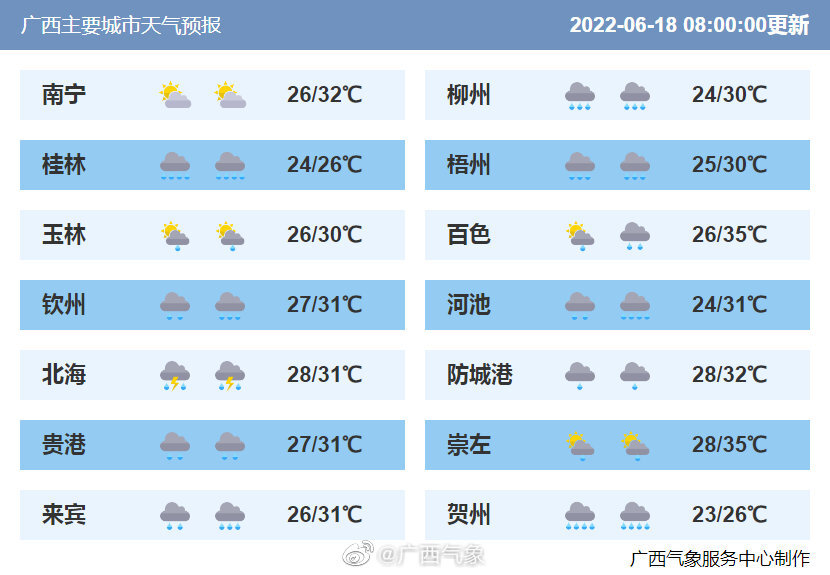From the Greater China Variant Factory to the Peninsula 1919, the old architecture and the new art have collided with different sparks here.
Author:Shanghai Baoshan Time:2022.07.17
One corner
An old house
A small street
Baoshan
Archeological trip
Haipai city archeology, an immersive micro -travel method that is currently popular, is a special business card in Shanghai. A small street, an old house, and a corner, "archeology" can be the story of the ancestors or childhood memories.


One hundred years ago, this is the Greater China Semple Factory and Huafeng Semple Factory
In front of a Jiazi, here is the eighth cotton textile factory of the state -owned Shanghai
Today, there is a brand new name here
—— Peninsula 1919
Entering the development of the Chinese national textile industry

In 1919, the Shanghai Giant Merchants Nie Qijie and Nie Qiyu planned to build a Greater China gauze factory in the east of Beisanghe, Beisang, Laochaba. At that time, the largest production capacity in the Shanghai gauze factory at that time. In 1920, Wang Zhengting, Zhang Yingfu, and others raised the Huafeng Semple Factory in the East of Greater China. After many mergers and acquisitions, the Greater China Yarn Factory became the second cotton spinning factory of Yongan, a public -private partner, and the Huafeng yarn plant became the eighth cotton textile factory of the state -owned Shanghai. It is a high time in the history of the textile industry.



The Wanren's Plant, which is located in Wusong, was kindly referred to as the "Eight Factory" by everyone, and became the eight factory workers at the time. As the largest gauze factory in Shanghai at that time, it had 11,000 cotton spinning spindles and more than 1,700 weaving machines during its heyday, and more than 10,000 textile workers.

However, with the transformation of Shanghai's urban function in the 1990s, the Shanghai textile system has undergone a large -scale industrial structure and the stable transfer of personnel. In the process of large -scale adjustment and strategic transformation for more than 20 years, the former Wanren Plant is in textiles. A strong ink in the history of the industry exited the stage of history.


Entering the Wusong area to keep the most complete
Modern ethnic textile industry building complex

With the rebuilding of the old building in 2007, the 1919 Park of the Peninsula came into being. Due to the formation of semi -circles in the intersection of the La Zaozha and the Sitang River, it is named "Peninsula 1919".





In the Peninsula 1919 Cultural and Creative Park, there are a number of buildings built in different periods in different periods. They are highly open and bright and distributed in two areas of east and west. History, art and ornamental value.


The mottled clear water brick walls, the tigers full of mountain climbing tigers, the window holes of various forms, and the faintly visible handwriting on the eaves. Textile machines, coal transport belts, slag mouths, and clock towers, these elements with the mark with cotton textile factories have also been retained one by one.




Once the factory buildings, workshops, and warehouses have become a gathering place for cultural and creative industries such as design studios, art display space, wedding halls, and creative experience centers. Old cement columns, ancient iron windows, and huge wall graffiti, silently telling the world about the wind and rising flow of the world for a century.

Building 1, built in 1929, the second floor of the brick and wood structure, has the characteristics of decorative style of artistic style. It is added to traditional Chinese architectural elements. Office building.

Building 4, built in 1924, the two -story mixed structure, building roof decoration with Baroque architectural art style characteristics. The building wall column is exposed, and there is a tower that is high in part. After the factory is built, it has been used as a weaving workshop.

Building 5, built in 1929, the second -floor mixed structure. The building roof decoration has the characteristics of the Baroque architectural art style. It was the longest -length plant in the Far East at that time. Now the underlying hall has been transformed into the "Park Planning Exhibition Hall".

Building 6, built in 1924, the four -story brick and wood structure, decorative artistic style, integrates the traditional Chinese architectural elements. There is a tower, a round window on all sides of the tower. During the Anti -Japanese War of the 128th, it was the Temporary Anti -Japanese War Police Command. After liberation, the building continued to be used as the administrative building of the factory.

Building 10, built in 1933, frame structure, Baroque artistic style characteristics. The facade of the building is a clear water brick wall, which was originally a power plant. Today, the base of 20 tons of boiler, the slag port of the original power plant, and a large coal transport belt on the west side of the square side of the square side are the Yang Mingjie design museum.

The bench in the park is also different. The back and chair are formed by the splicing of the textile machine tools of "gauze" and "shuttle".



Whether it is the charm of the old building, or the energy emitted by the new art, the fashion atmosphere and hardcore industrial style have collided with different sparks on the Peninsula 1919.

One era has a mission of an era
Carry out the brand of industrial civilization and traditional culture
Printing the glory of the textile industry and the hardship of entrepreneurial history
The new peninsula 1919 is still shining today
History around
The most brilliant life and glory will always be bloomed
TIPS:
Address: No. 258 Songxing West Road
The cause of the epidemic is not open to the public for the time being.
Source: Shanghai Baoshan official WeChat
- END -
The major meteorological disaster (heavy rain) in Guangxi was mentioned from level III to level Ⅱ emergency response

The meteorological department predicts that the rainstorm process will continue be...
[Move the customs and customs at the grassroots level] Men Zhaozhuang Village: Build a rural civilization and enhance the happiness index

Beautiful and comfortable living environmentHarmony and pleasant neighborhood rela...